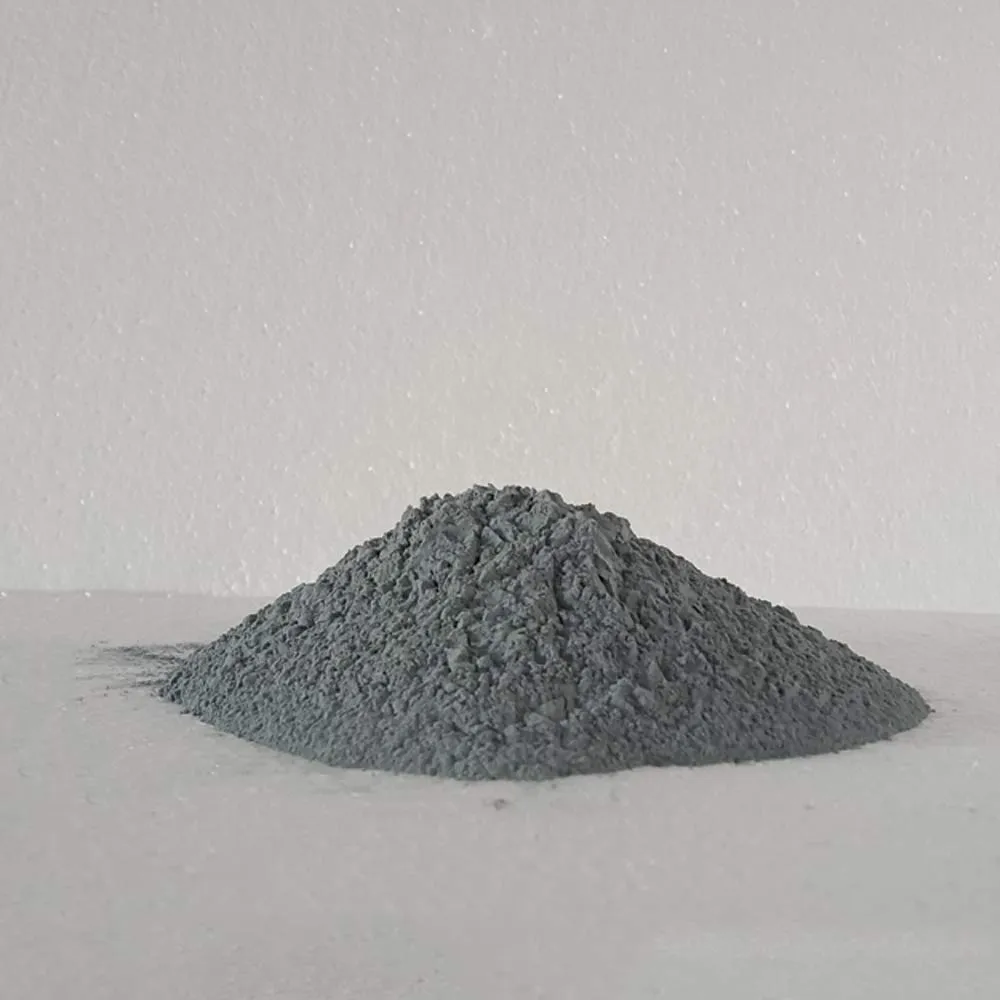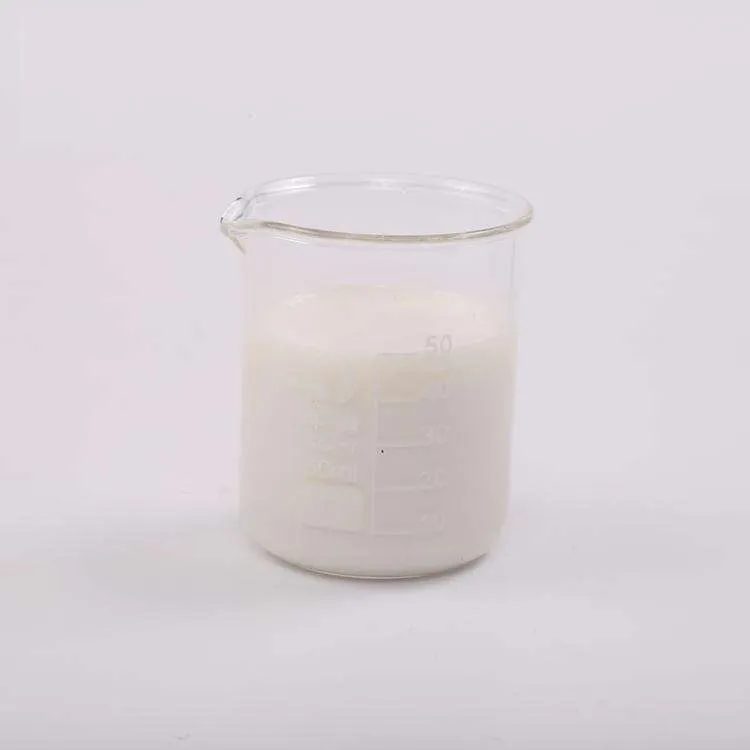

Nanomaterials Transform Numerous Fields
Nanomaterials can facilitate the creation of small-scale products and processes at the nanoscale. Some examples of the application of nanomaterials include electronics, nanomaterials can be used to produce faster and more efficient devices; in medicine, they can be utilized to develop targeted drug delivery systems; and in energy, they can improve energy conversion and storage.

Glyphosate
Feb . 19, 2025 08:36
Back to list
Glyphosate
Glyphosate, a widely used herbicide, has become a topic of extensive debate and analysis. For professionals in agriculture, gardening, and even those interested in household weed management, it's essential to understand the use and implications of this chemical. As the backbone of many weed control initiatives, glyphosate’s role cannot be overstated. This article delves deep into its application, benefits, guidelines, and the concerns surrounding it, providing a balanced perspective on this vital compound.
An essential aspect of glyphosate’s credibility and trustworthiness is transparency in research and corporate responsibility. Many manufacturers are investing in studies to further understand and mitigate any risks associated with glyphosate. Public access to research findings and environmental impact assessments is crucial for maintaining trust and ensuring informed decision-making. Experts stress the significance of comprehensive, peer-reviewed studies in building a nuanced understanding of its risks and benefits. In addressing environmental concerns, industry leaders advocate for integrated weed management strategies. These strategies incorporate glyphosate while encouraging crop rotation, cover cropping, and biological controls to reduce dependency on chemical interventions. This balanced approach supports sustainable agriculture by mitigating environmental risks and enhancing resilience against weed resistance. For consumers, gardeners, and small-scale farmers, understanding the product labels and safety instructions is paramount. This includes wearing proper protective equipment during application and accurately measuring and targeting the application area. These practices reinforce the product’s safety and effectiveness, aligning with best practice guidelines that enhance user experience and product reliability. In summary, glyphosate remains a cornerstone in agricultural and horticultural weed management. Its application, while effective, necessitates responsible handling guided by expertise, up-to-date research, and an acknowledgment of public concerns. As we continue to explore innovative agricultural technologies and practices, maintaining a balance between utility, safety, and environmental stewardship is crucial. The ongoing dialogue and research surrounding glyphosate will ensure it continues to be used effectively and safely, addressing both current and future agricultural challenges.


An essential aspect of glyphosate’s credibility and trustworthiness is transparency in research and corporate responsibility. Many manufacturers are investing in studies to further understand and mitigate any risks associated with glyphosate. Public access to research findings and environmental impact assessments is crucial for maintaining trust and ensuring informed decision-making. Experts stress the significance of comprehensive, peer-reviewed studies in building a nuanced understanding of its risks and benefits. In addressing environmental concerns, industry leaders advocate for integrated weed management strategies. These strategies incorporate glyphosate while encouraging crop rotation, cover cropping, and biological controls to reduce dependency on chemical interventions. This balanced approach supports sustainable agriculture by mitigating environmental risks and enhancing resilience against weed resistance. For consumers, gardeners, and small-scale farmers, understanding the product labels and safety instructions is paramount. This includes wearing proper protective equipment during application and accurately measuring and targeting the application area. These practices reinforce the product’s safety and effectiveness, aligning with best practice guidelines that enhance user experience and product reliability. In summary, glyphosate remains a cornerstone in agricultural and horticultural weed management. Its application, while effective, necessitates responsible handling guided by expertise, up-to-date research, and an acknowledgment of public concerns. As we continue to explore innovative agricultural technologies and practices, maintaining a balance between utility, safety, and environmental stewardship is crucial. The ongoing dialogue and research surrounding glyphosate will ensure it continues to be used effectively and safely, addressing both current and future agricultural challenges.
Prev:
Next:
Latest news
-
Uncover the Benefits of Sodium ChlorateNewsJun.24,2025
-
Sodium for Sale: Your Essential ResourceNewsJun.24,2025
-
Raw Materials in Chemical IndustryNewsJun.24,2025
-
Potassium Hydroxide: Versatile Solutions for Your NeedsNewsJun.24,2025
-
Organic Pesticides and Chemical Raw Materials: Building a Sustainable FutureNewsJun.24,2025
-
Discover Premium Chlorine Tablets TodayNewsJun.24,2025
-
Zinc for Sale: Your Essential ResourceNewsJun.04,2025
Hot Products


















